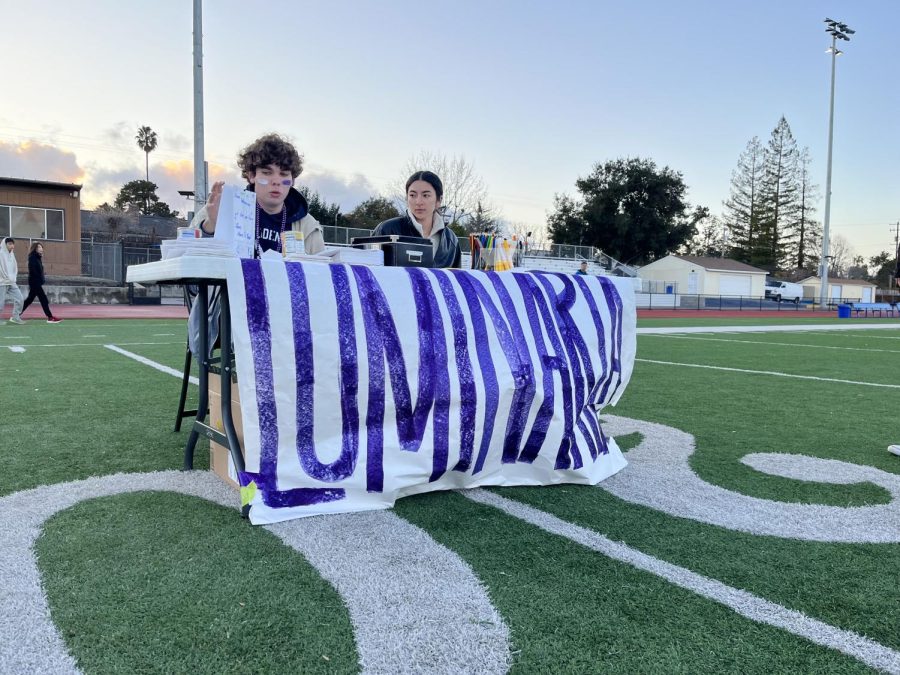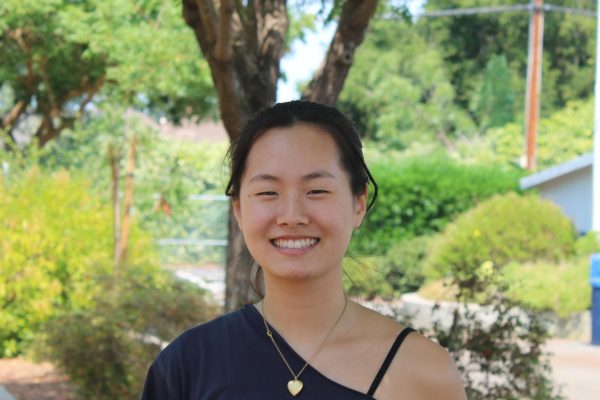Fundraising rules may change how clubs can donate money
A recent crackdown on ASB funding rules means that clubs may not be able to directly raise money for outside organizations, like charities, on campus.
This year, Student Community Leaders (SCL) held the Relay for Life, raising tens of thousands of dollars for the American Cancer Society (ACS). But a novel interpretation of fundraising rules has SCL and others worried that such altruistic fundraisers — from the Relay to boba fundraisers for charity organizations — may no longer be possible.
At their core, the rules in question state that fundraisers sanctioned by the Associated Student Body (ASB) must raise money solely to benefit the student body. So, while fundraisers generating revenue for the Los Altos High School UNICEF Club, for example, might be allowed, the same club might not be allowed to raise funds directly for UNICEF.
This is because California’s Constitution (CA Constitution art XVI § 6) disallows “any subdivision of the State” — including a public school district — from making or authorizing any “gift of any public money or thing of value” to “any individual, municipal or other corporation.” In short, any money raised through ASB is considered government funds and cannot be gifted to any outside organizations. And all on-campus fundraisers must be sanctioned by ASB, meaning that money raised by any fundraiser at LAHS has to stay within LAHS.
“The moment clubs collect cash donations and put them in ASB’s account, the Mountain View–Los Altos School District becomes the owner of that money, and we can’t give it away,” MVLA Director of Fiscal Services Elvis Lopez said.
There are some ways around this rule — normal fundraisers are still encouraged. In addition, encouraging direct donations to organizations, for example, is allowed. This is how the school’s yearly Second Harvest Food Bank drive works: rather than bringing cans and cash into their classrooms, students and faculty can donate online, directly to the food bank. This is also, largely, how the Relay For Life raises money. Nearly all of the donations raised by school groups were given directly to the ACS. But, according to advisor Sarah Alvarado, hundreds of dollars were donated in-person at the Relay — funding that is now impossible under the enforcement.
In addition, some argue that requiring on-campus donations to go directly to other organizations makes costly fundraisers like bake sales less appealing to the clubs that might run them, and that direct donations are more challenging for potential donors.
“To donate directly, someone has to, on their own, decide to scan a QR code and put in all their information rather than just giving over cash,” Alvarado said. “Easy donations are no longer possible.”
Fundraisers held off-campus can also raise money directly for outside organizations, as long as they’re not connected to ASB. For example, some SCL members held fundraisers for the Relay at the ACS’s Discovery Shop thrift store in Downtown Los Altos. But this can depress the amount of exposure and enthusiasm an altruistic project receives.
“On-campus fundraisers create a target audience where a fundraiser is readily acceptable to the entire school,” Alvarado said. “Students are passionate about a lot of interests, including altruism and philanthropy. Seeing how peers are engaging in this behavior on campus is inspiring.”
The clause in the state Constitution regulating “gifts of public funds” isn’t new, but the way these laws are being enforced by the state and county are. The governing of fundraising at public schools has become increasingly more limited over the years as county and state auditors have recently begun independently auditing and closely reviewing ASB funds. According to Lopez, within the past few years, ASB funds have been added to the District’s financial statements and are being audited more comprehensively, whereas in the past, ASB funds were generally self-audited.
The District’s Fiscal Services department plans to speak to clubs and student organizations to clarify these financial policies.
“The laws change every year,” Lopez said. “The idea is to figure this out so violations don’t occur for anyone else.”
For now, though, it seems as if this interpretation of existing regulations is here to stay. While this rule doesn’t make charitable fundraisers impossible, it may create barriers for those clubs to raise money for outside organizations. As a result, charity at LAHS might not look the same in the near future.





